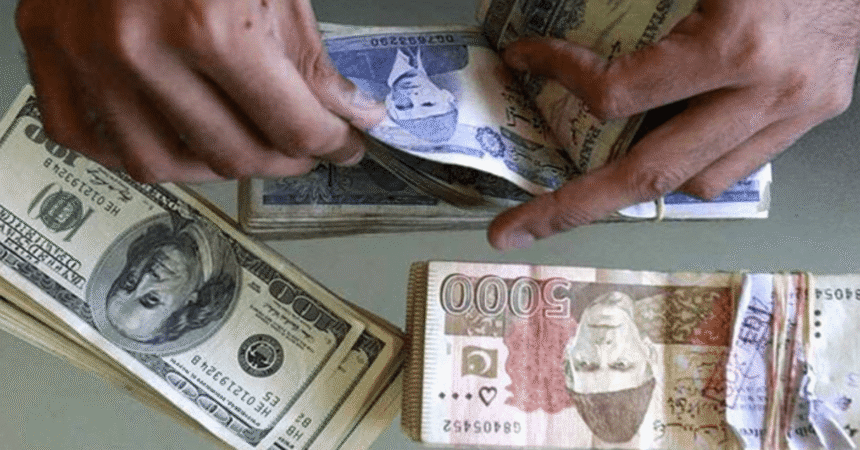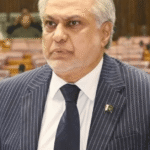Pakistan is staring down a monumental challenge as recent government documents reveal that the country is projected to owe an astounding Rs49.6 trillion in local debt by 2030. This alarming figure highlights the nation’s ongoing struggle with debt management and financial stability, raising critical questions about its economic future.
Understanding the Debt Breakdown
The report detailing Pakistan’s borrowing patterns provides a comprehensive overview of how this debt has accumulated. The loans have primarily been sourced through various instruments, including:
- Investment Bonds: A substantial 59% of the debt is tied to Pakistan Investment Bonds (PIBs). These bonds are popular among both local and foreign investors seeking stable returns.
- Treasury Bills: Approximately 22% of the debt comes from treasury bills, short-term instruments issued to meet immediate financial needs.
- Sukuk Bonds: Ten percent of the total debt is attributed to sukuk bonds, which are Sharia-compliant investment instruments increasingly favored by both domestic and international investors.
- National Savings Schemes: The remaining debt is sourced from various savings schemes and prize bonds, which allow citizens to save while having a chance to win cash prizes.
This diverse range of debt instruments reflects Pakistan’s strategy to finance its budget deficits and support public expenditure. However, the reliance on such instruments also indicates a potential vulnerability, especially when it comes to repayment schedules.
The Repayment Schedule: A Closer Look
The repayment of this monumental debt is a pressing concern for the government. The report outlines a daunting schedule over the next several years:
- 2024: Rs13,269 billion due
- 2025: Rs12,723 billion due
- 2026: Rs7,684 billion due
- 2027: Rs4,758 billion due
- 2028: Rs5,608 billion due
- 2029: Rs4,153 billion due
- 2030: Rs1,434 billion due
As indicated, 2024 will witness the highest repayment demand, putting immense pressure on the country’s financial resources. The cumulative burden of these repayments will require careful planning and robust economic management to ensure that the country does not default on its obligations.
The Economic Implications of Rising Debt
The rising debt level has several economic implications:
- Increased Interest Payments: As the debt grows, so do the interest payments, diverting funds away from essential services such as healthcare and education.
- Inflationary Pressures: Higher borrowing can lead to inflation if the government resorts to printing money to meet its obligations.
- Foreign Investment Hesitance: A high debt-to-GDP ratio can deter foreign investors who may view the economy as unstable or risky.
- Economic Growth: Over time, excessive debt can stifle economic growth as resources are allocated towards repayment rather than investment in infrastructure or human capital.
- Public Sentiment: Growing public awareness of the national debt can lead to dissatisfaction with the government, potentially affecting political stability.
Recent Economic Developments
Despite the looming debt crisis, there have been some positive signs in Pakistan’s economy. The current account recorded a surplus of $75 million in August, a significant turnaround from a deficit of $246 million in July. This improvement has been largely attributed to a remarkable increase in remittances from overseas Pakistanis, which have become a vital source of foreign exchange.
Economists have pointed out that this surge in remittances is instrumental in bridging the trade deficit, providing some relief to the economy. Such developments are crucial for maintaining stability, especially as the country grapples with its debt obligations.
The Role of Remittances
Remittances play a pivotal role in Pakistan’s economy. In recent years, they have become a lifeline for many households, directly contributing to consumption and savings. The increase in remittances not only supports families but also bolsters the national economy, providing much-needed foreign currency to help manage debt obligations.
Experts have praised the current account surplus as a positive indicator, suggesting that the increased flow of remittances can help mitigate the challenges posed by local debt. However, reliance on remittances should not overshadow the need for structural reforms aimed at improving domestic productivity and economic resilience.
The Path Forward: Addressing the Debt Crisis
Addressing the looming debt crisis requires a multifaceted approach that includes:
- Fiscal Discipline: The government must prioritize fiscal discipline, reducing unnecessary expenditures and focusing on efficient allocation of resources.
- Revenue Generation: Increasing tax revenues through better compliance and broadening the tax base is essential. Streamlining tax policies and improving collection mechanisms can significantly enhance fiscal capacity.
- Public-Private Partnerships: Encouraging investments through public-private partnerships can help fund essential projects without adding to the public debt burden.
- Diversifying the Economy: Reducing reliance on remittances by fostering a more diversified economy can enhance resilience against external shocks. Supporting sectors such as technology, agriculture, and tourism can provide new avenues for growth.
- Debt Restructuring: In cases where debt levels become unmanageable, exploring options for restructuring or negotiating better terms with creditors may be necessary.
Conclusion
Pakistan’s projected local debt of Rs49.6 trillion by 2030 presents a formidable challenge for the nation. While recent economic developments, such as a current account surplus driven by increased remittances, provide a glimmer of hope, the government must remain vigilant in addressing the underlying issues contributing to rising debt levels.
A comprehensive strategy focused on fiscal discipline, revenue generation, and economic diversification will be crucial in navigating this crisis. As the nation moves forward, prioritizing sustainable economic growth and responsible borrowing will be essential in ensuring a stable and prosperous future.
#PakistanDebt #EconomicCrisis #LocalLoans #Remittances #FinancialStability #DebtManagement #CurrentAccountSurplus #PakistanEconomy







